Module
The murky truth about water
Created by
Redress
,
2025
Quick Access
Learn more fashion industry terminology from the Glossary.
Quick Access
Learn more fashion industry terminology from the Glossary.
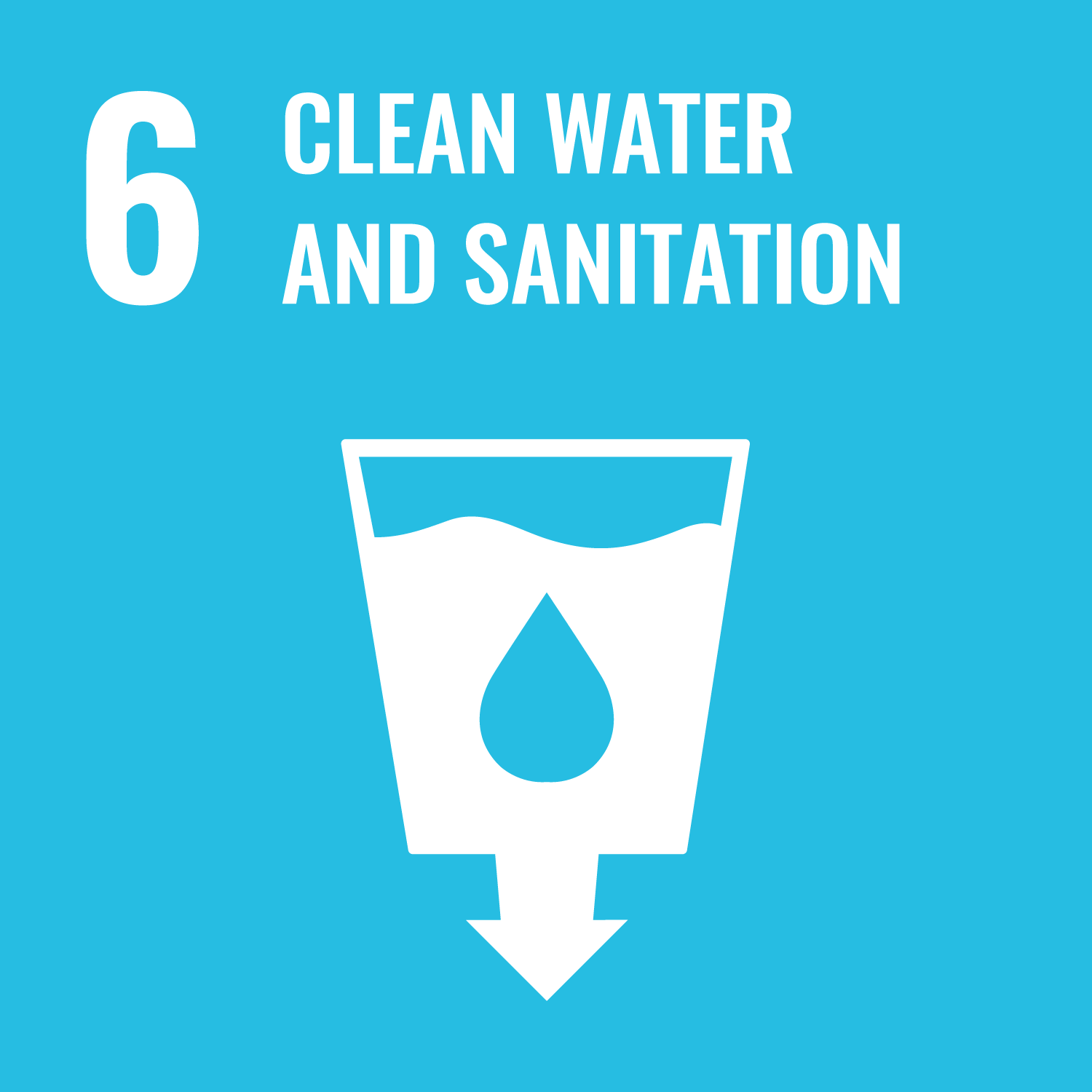
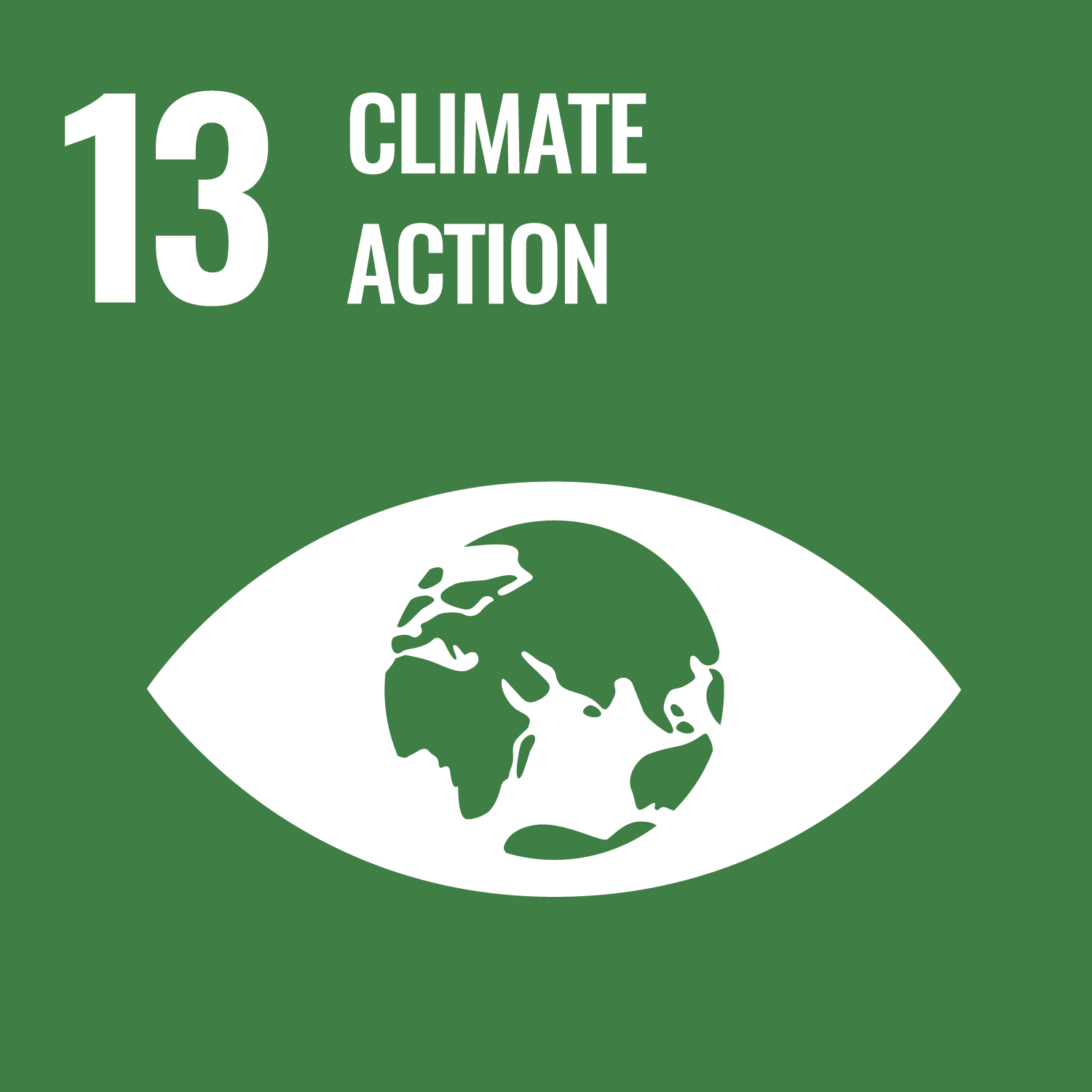
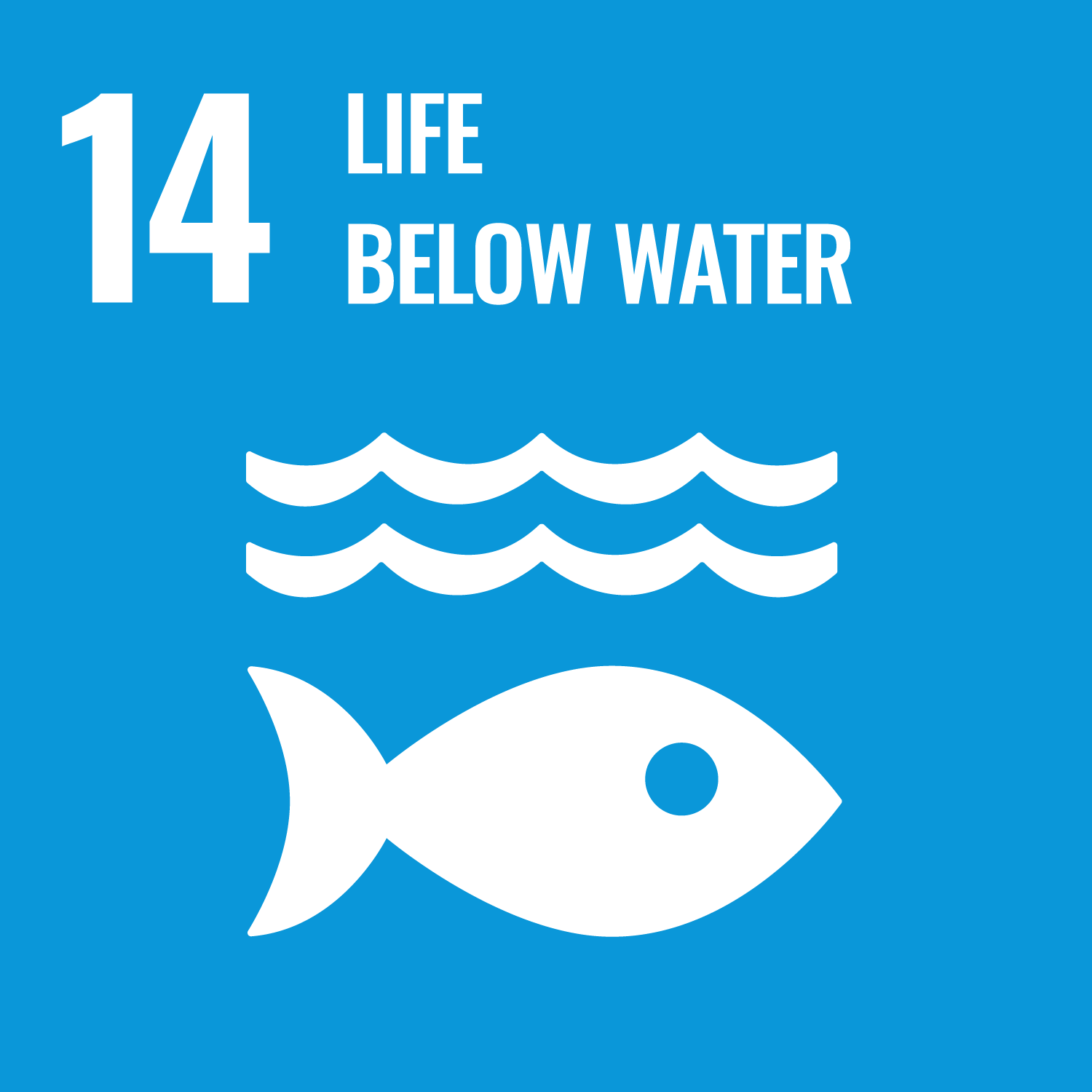
Credit: United Nations


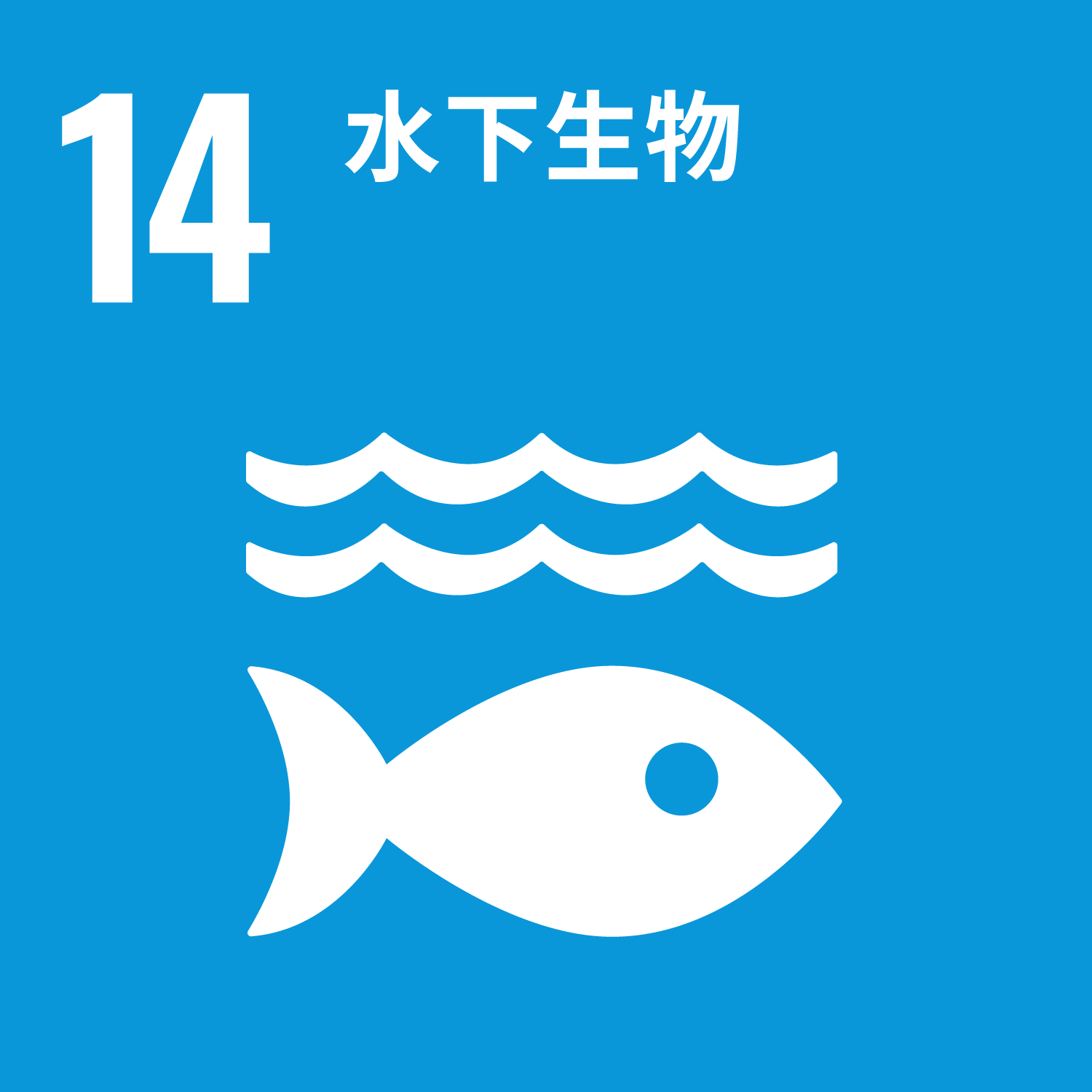
Image credit: Redress
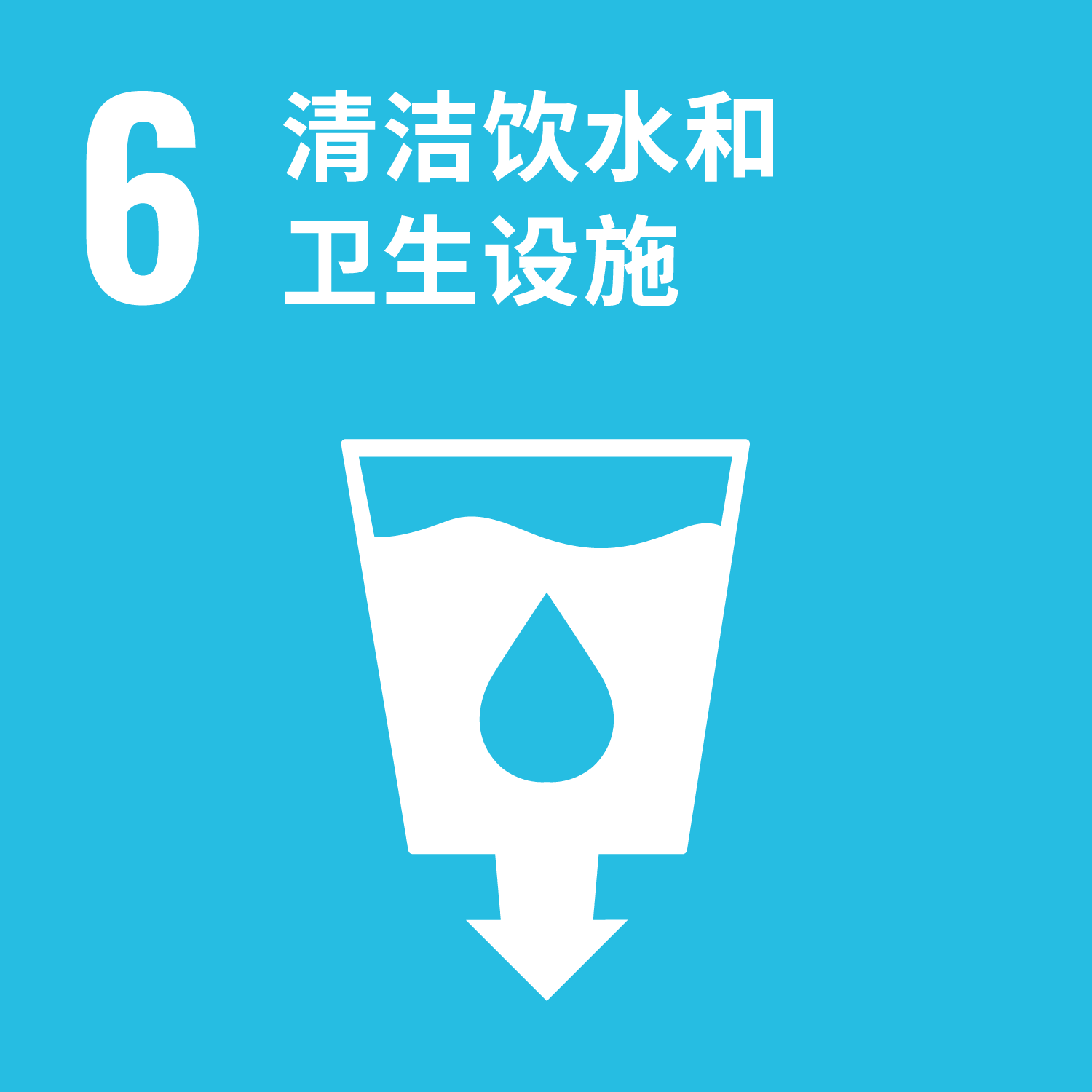
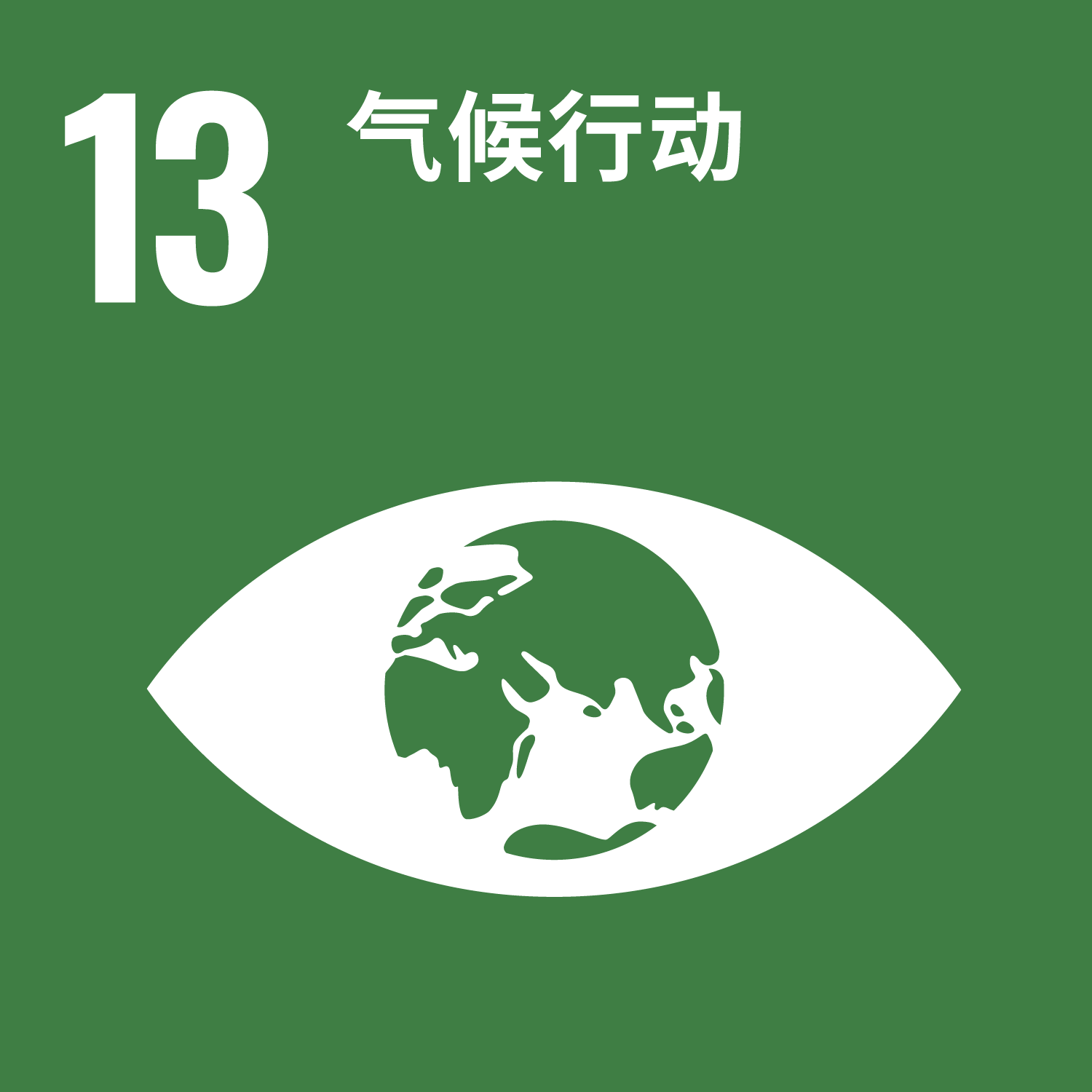

Image credit: Redress
Freshwater (drinkable water) is a scarce resource. Of all of the water in the world, less than 3% is drinkable. With almost all that drinkable water locked up in frozen ice in the Arctic and Antarctica, we rely on just 0.5% of all of the world’s water to serve the freshwater needs of the entire world’s population.1

Credit: McGrawhill Education
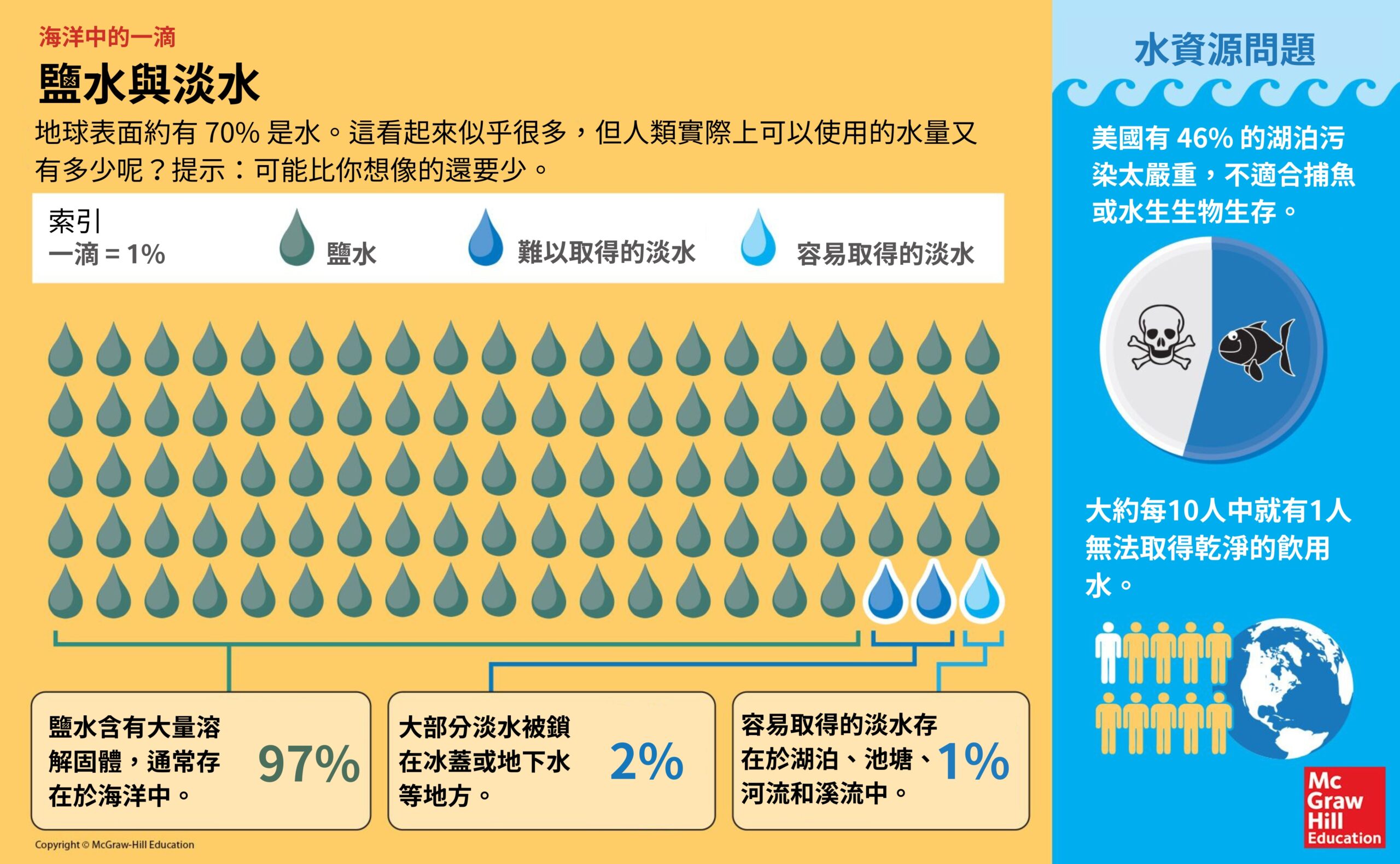
Credit: McGrawhill Education
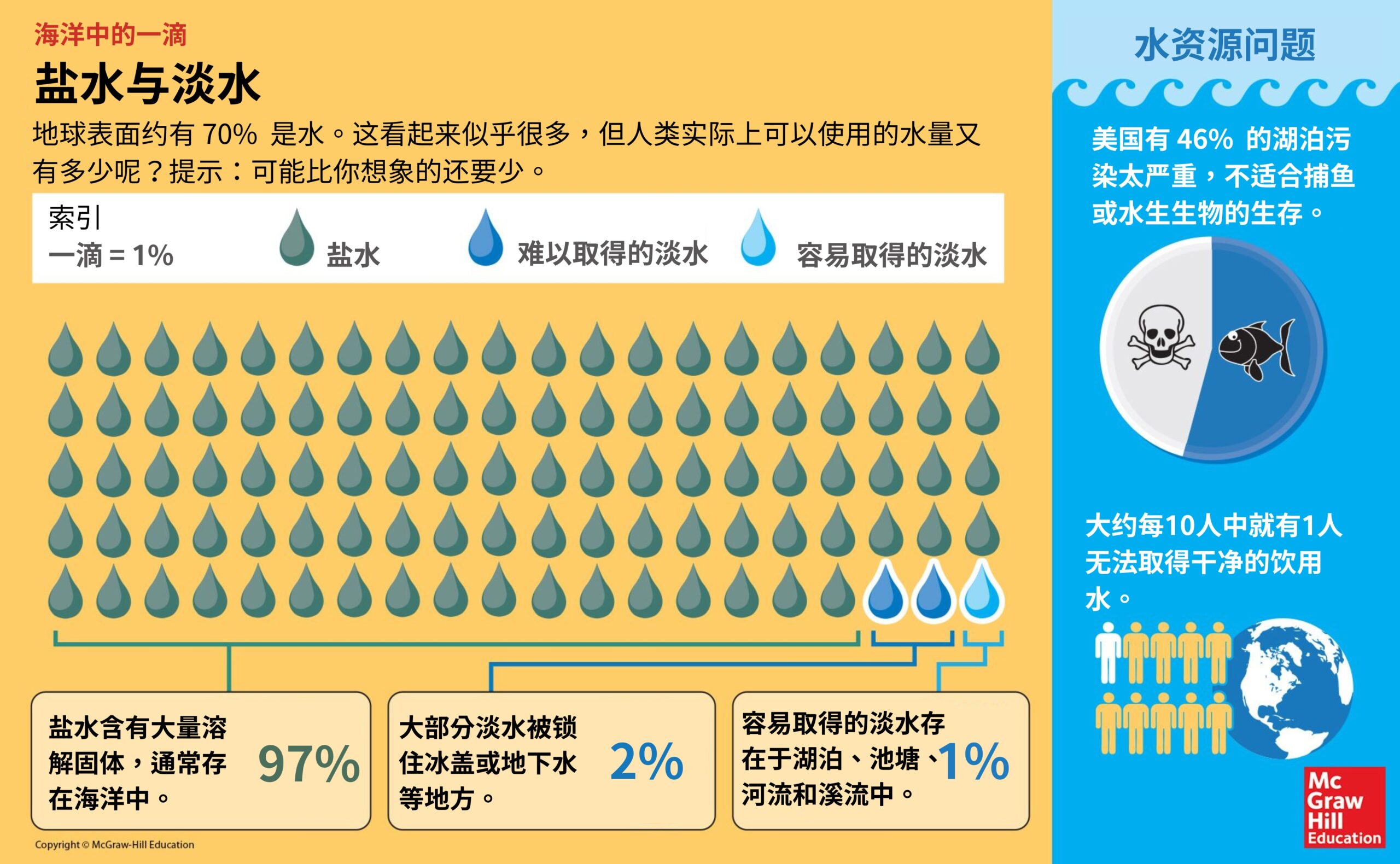
Credit: McGrawhill Education
Today, around 2.2 billion people around the world do not have access to safely managed drinking water2 and two-thirds of the world are facing water shortage today.
1. Fashion is thirsty
Fashion is a thirsty business. It is the second-most water-intensive industry globally.4 The industry accounts for 3.5% of the total water scarcity impact caused by all global manufacturing activities.5 This threatens the basic human right to clean, safe water for washing and drinking for farmers, factory workers, and their surrounding communities. The fashion industry must reduce its water consumption.
Producing clothing consumes a lot of freshwater. For example, producing just one conventional cotton T-shirt uses up to 2,720 litres of water. That’s approximately the same amount of water you drink in 900 days!6 Let’s discover how that happens.
Growing materials
Growing materials such as cotton, linen, or even trees for viscose requires lots of freshwater. An estimated 73% of cotton is grown with water from our freshwater resources like rivers, lakes, and groundwater.7
The fashion industry’s intensive water use contributes to global water shortage, especially as cotton is primarily grown in the dry regions of the world. Let’s take a look at the Aral Sea in Central Asia, for example. The aerial photos from the latest satellite pictures reveal that 90% of the Aral Sea has dried up, forming a new desert between Uzbekistan and Kazakhstan. This is a man-made environmental disaster. While it used to be the third-largest lake in the world, the Aral Sea began shrinking in the 1960s after the rivers that fed it were diverted to farms for cotton growing needs. It is now called the Aralkum Desert.

Credit: BBC News, Aral Seas: Man Made Environmental Disaster
This is a visual reminder of how farming and irrigation can put a toll on our freshwater supplies. The situation is alarming. Yet due to the demand for more clothes, our demand for cotton farms and naturally grown resources is still on the rise, which puts further stress on our global water supply.
Cotton agriculture is already impacted by the increased temperatures and drought issues. To grow the same amount of cotton, it now requires even more water. This is a direct consequence of our current climate crisis, where predicted rise in temperatures, drought, limited freshwater, and unpredictable rain patterns across current cotton-growing regions around the world will continue to reduce cotton productivity.
Thankfully, some companies are working on innovative projects to help reduce the water usage of growing natural fibers, for example, by improving cotton field irrigation. Methods like subsurface drip irrigation can improve cotton yields by 10–30% compared to surface drip irrigation, plus it uses 15–30% less water.8
Making clothes
Did you know? 65% of all water used in cotton clothing production goes towards the bleaching and dyeing of clothes.9
Raw materials like cotton and wool are usually brownish or greyish when they are collected from the farms. The raw materials need to become white so that they can be coloured afterwards: this step takes a lot of water (and chemicals such as bleach). Then, dyes (the colouring chemicals) and other chemicals are applied to treat the fabric and make the colours stay. On average, 1 kilo of dyed textile requires 100 to 150 litres of water.10 With the variety of colors in our daily clothing, you can imagine the quantity of dye baths that are constantly in use in factories around the world, all consuming and contaminating our water resources.

Credit: ReThink, DETERMINANT and ECOHUES Debut World’s First Cotton Waterless Dye Collection
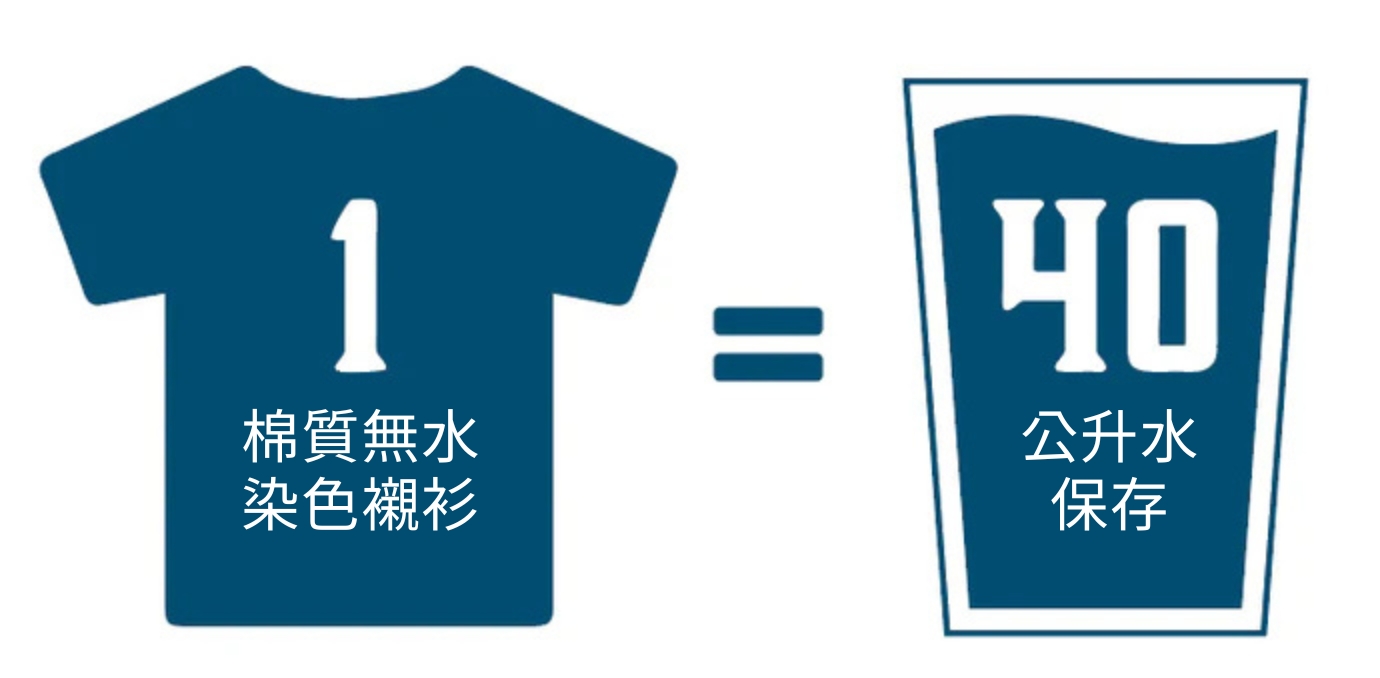
Credit: ReThink, DETERMINANT and ECOHUES Debut World’s First Cotton Waterless Dye Collection
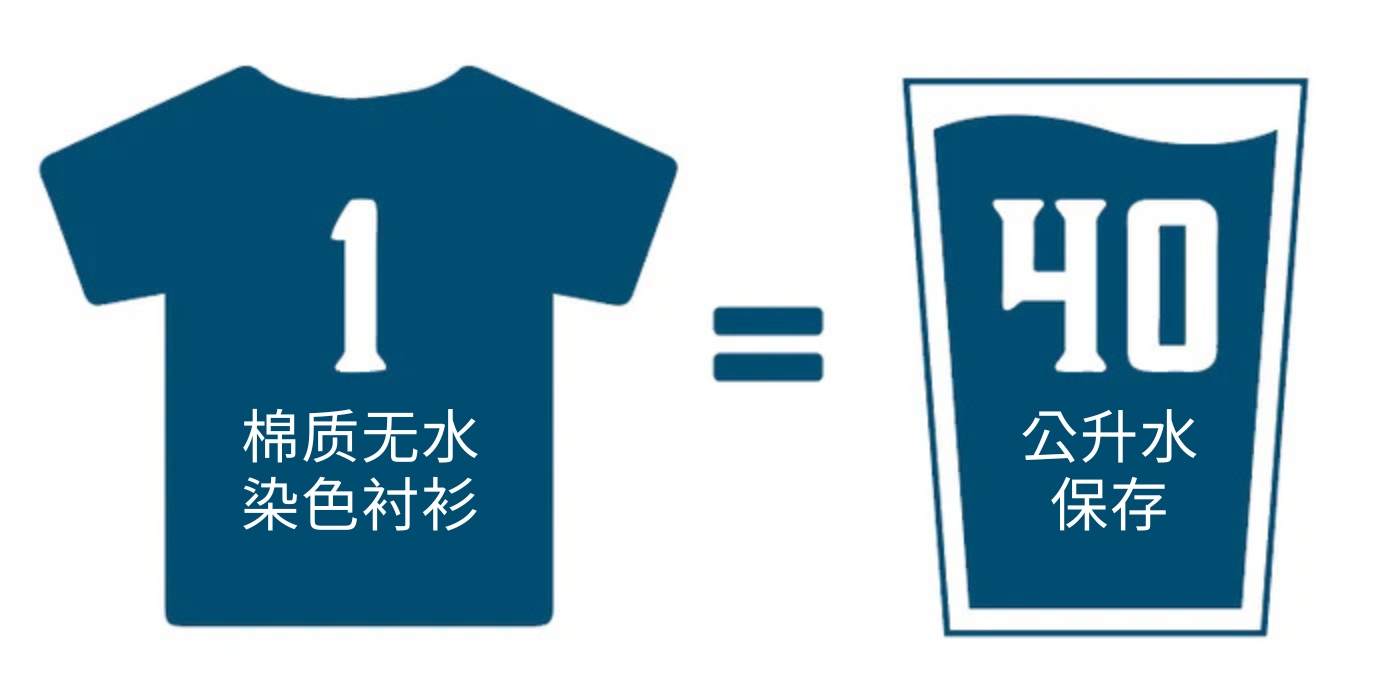
Credit: ReThink, DETERMINANT and ECOHUES Debut World’s First Cotton Waterless Dye Collection
Thankfully, innovations are changing the game. For example, Cotton Waterless Dye is a groundbreaking dyeing technology that saves 40 litres of water per shirt.11 This cotton waterless dyeing process makes sure no hazardous chemicals are dumped into the environment.
Taking care of clothes
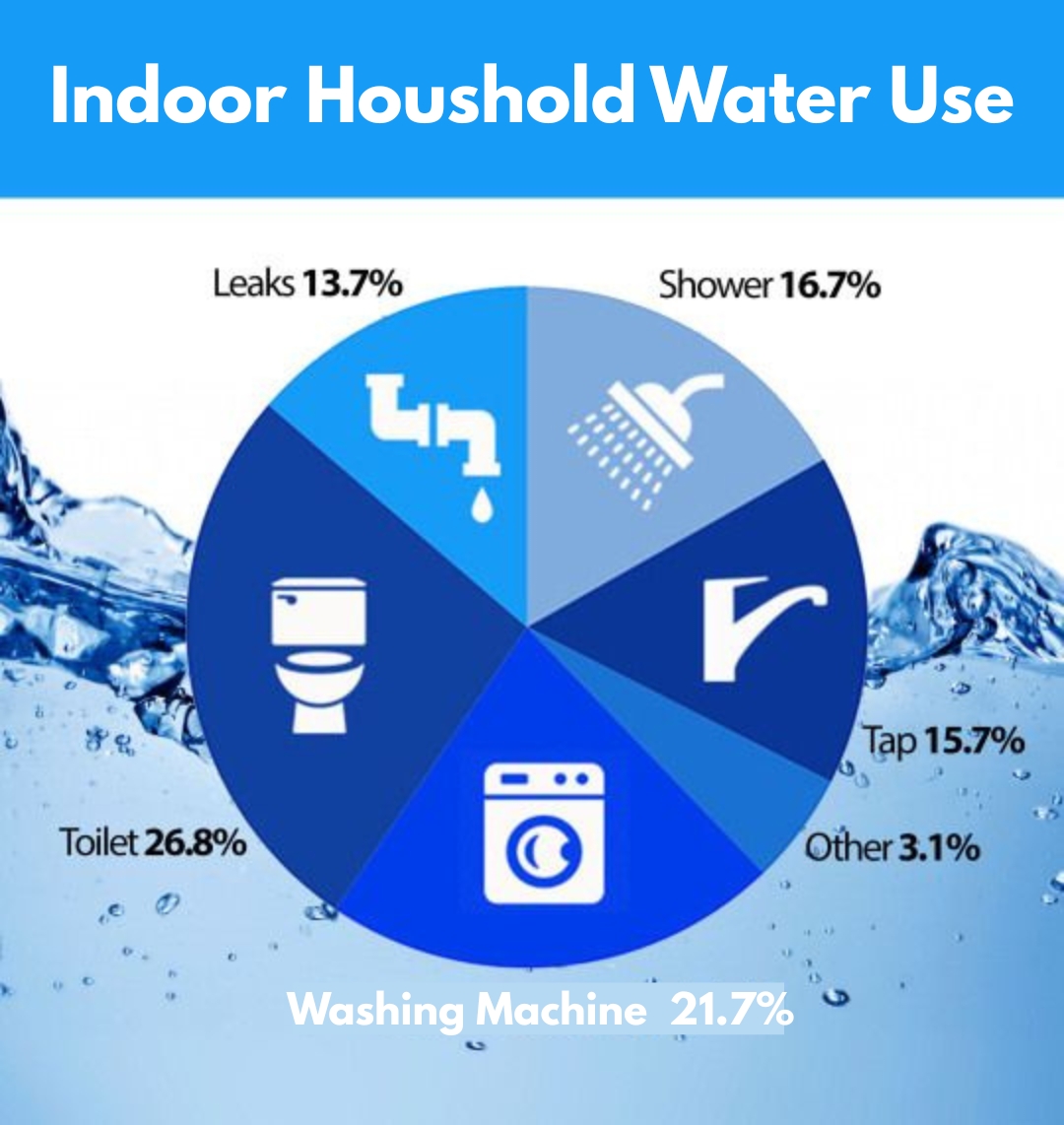
Credit: Indoor Household Water Use
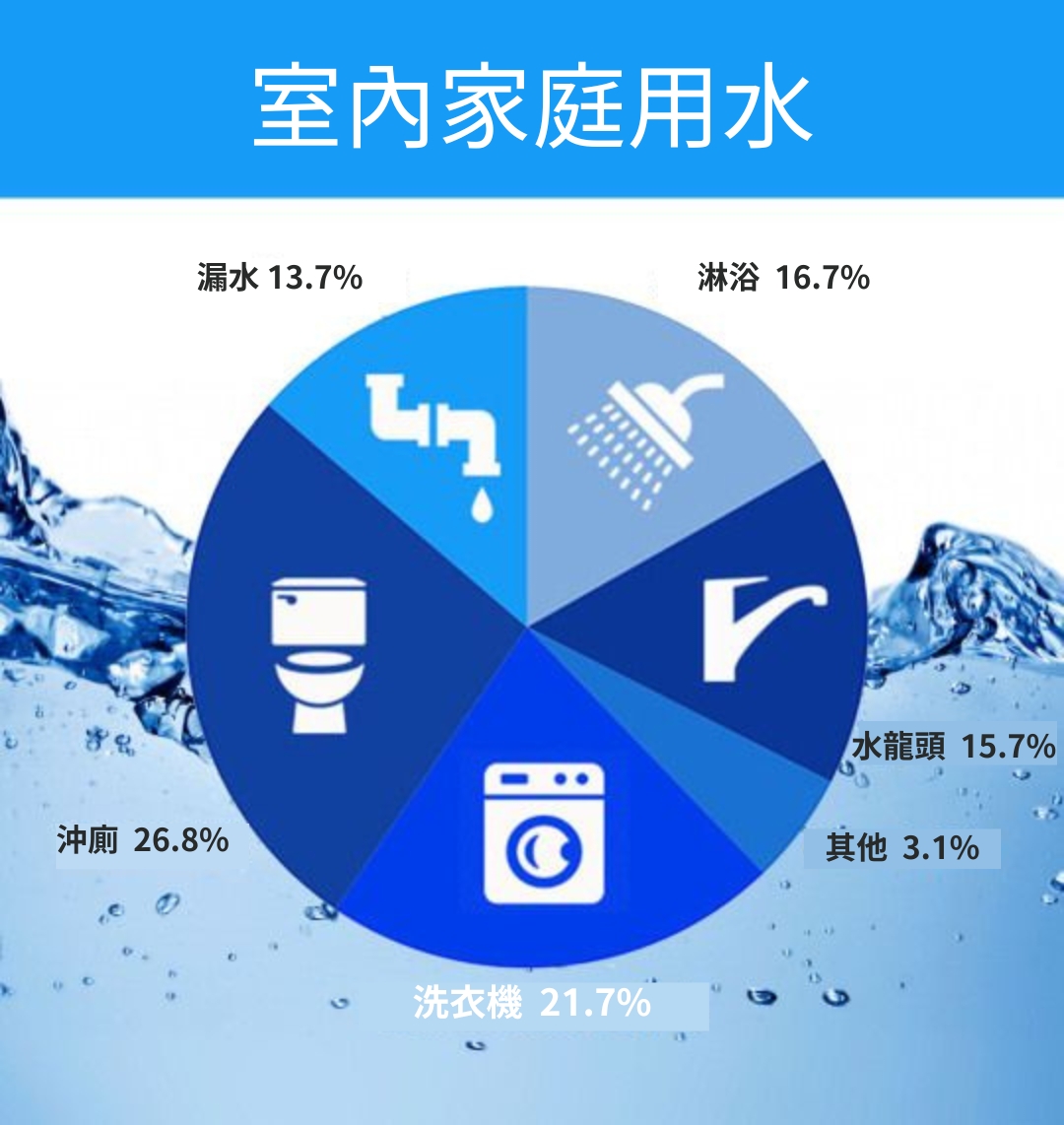
Credit: Indoor Household Water Use
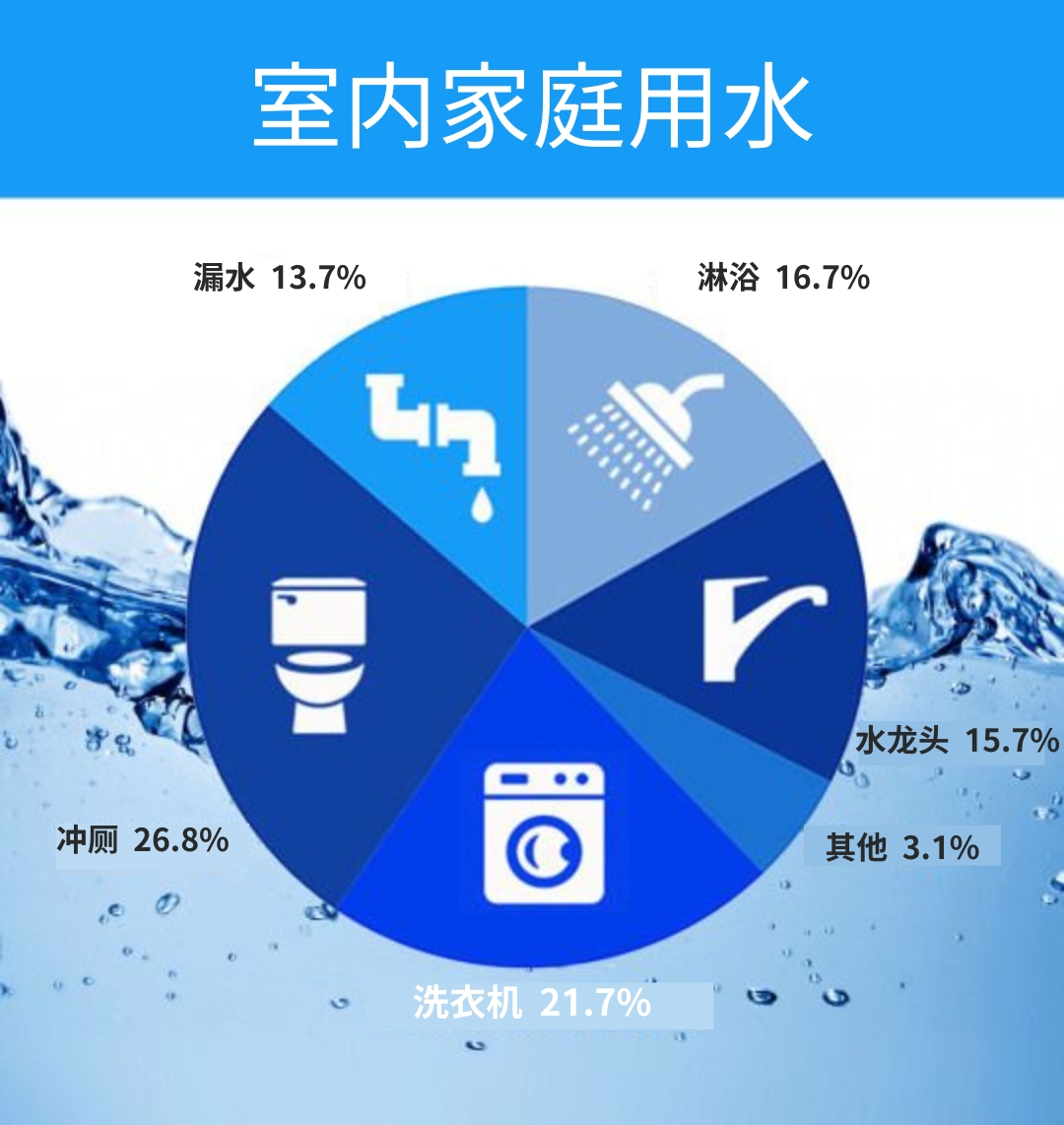
Credit: Indoor Household Water Use
After clothes are made and sold to us, taking care of them and maintaining hygiene through regular washing continues to require water. We use a lot of water at home for laundry. On average, a family of four people will do 6–8 loads of laundry per week. Depending on the type of washing machine, this uses about 64–135 liters of water per load.12 Washing and drying clothes results in a further 20 billion cubic metres of water being consumed over their lifespan. That’s roughly equivalent to over 8 million Olympic swimming pools!13
2. Water Pollution
Chemical pollution in water
In the making of clothes, many procedures are needed — from growing fibres, to treating the fabrics before they are sewn into garments — and water and chemicals are needed at every step. The fashion and textile industry uses around 25% of all chemicals produced globally.14
First, growing fibres such as cotton or linen requires the use of many pesticides and fertilisers to make sure the plants grow big and fast — to meet the ever-growing demands of the fashion industry. Then, to treat the fabric, additives like bleaches and brighteners are needed to prepare the white surface. Afterwards, chemicals and dyes are mixed in to add colour. Sometimes, after the dyeing process, the fabric gets treated again with chemicals to give it some new properties such as water-repellent, anti-wrinkle or anti-microbial.
At last, all the water with the chemicals is flushed and discarded as waste. The manufacturing of clothes is estimated to be responsible for about 20% of global water pollution from dyeing and finishing products.15 The relentless release of these chemicals into freshwater systems endangers the health of the surrounding areas and communities.

Credit: Smart Water Magazine, Fast Fashion: Toxic Clothing
Many governments try to protect waterways from pollution by introducing laws that make it illegal to dump contaminated water. However, clothing is often produced in places where problems like corruption make enforcing these laws difficult, which also allows brands to ignore the issue. Unregulated textile factories dump polluted water into local water sources, leaving communities without safe water to drink and bathe in.
NGOs around the world are offering their services to rectify the situation. For example, UNICEF’s Water, Sanitation and Hygiene (WASH) programme works to improve access to clean water and sanitation for garment factory workers and their communities. Another example is Greenpeace’s ‘Detox My Fashion’ campaign, which raises awareness about pollution caused by hazardous chemicals, and asks companies to commit to ‘detoxing’ our water systems.
Microplastics in oceans: from fashion to the food chain
The majority of clothing we wear today is made from plastic-based synthetic fibres such as polyester, nylon, and acrylic. During manufacturing, as well as after when synthetic fibres are washed at home, they will shed microplastics – extremely small plastic particles – into waterways that feed into rivers and oceans.
Microplastics pose a danger to the marine life who ingest them. Microplastics are also a danger to us, they are now present in the water we drink, in the food we eat, and end up in our bloodstreams. It was found that people could be ingesting microplastics equivalent to the weight of a credit card every week16.
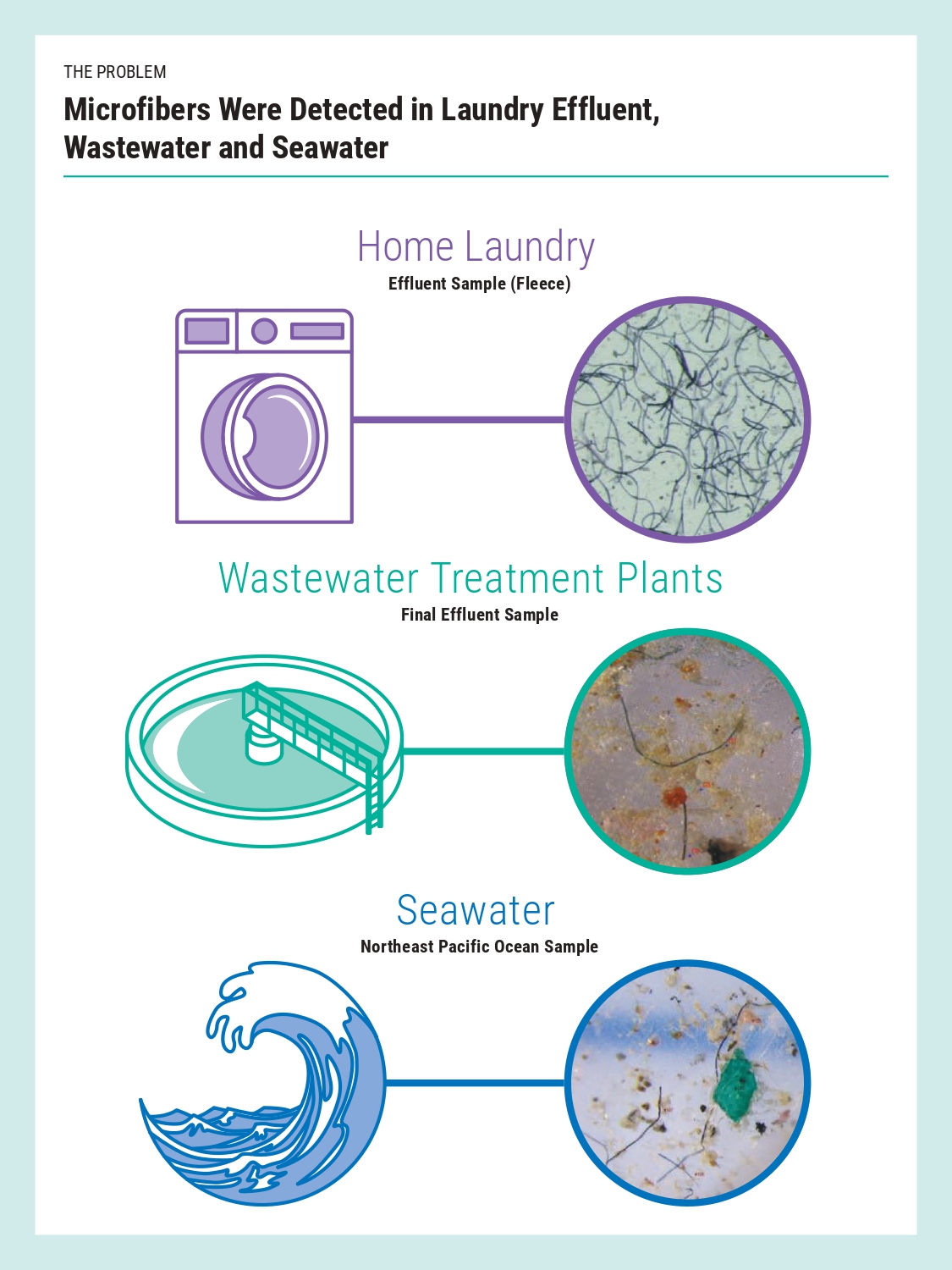
Credit: Ocean Wise, ’Me, My Clothes and the Ocean’
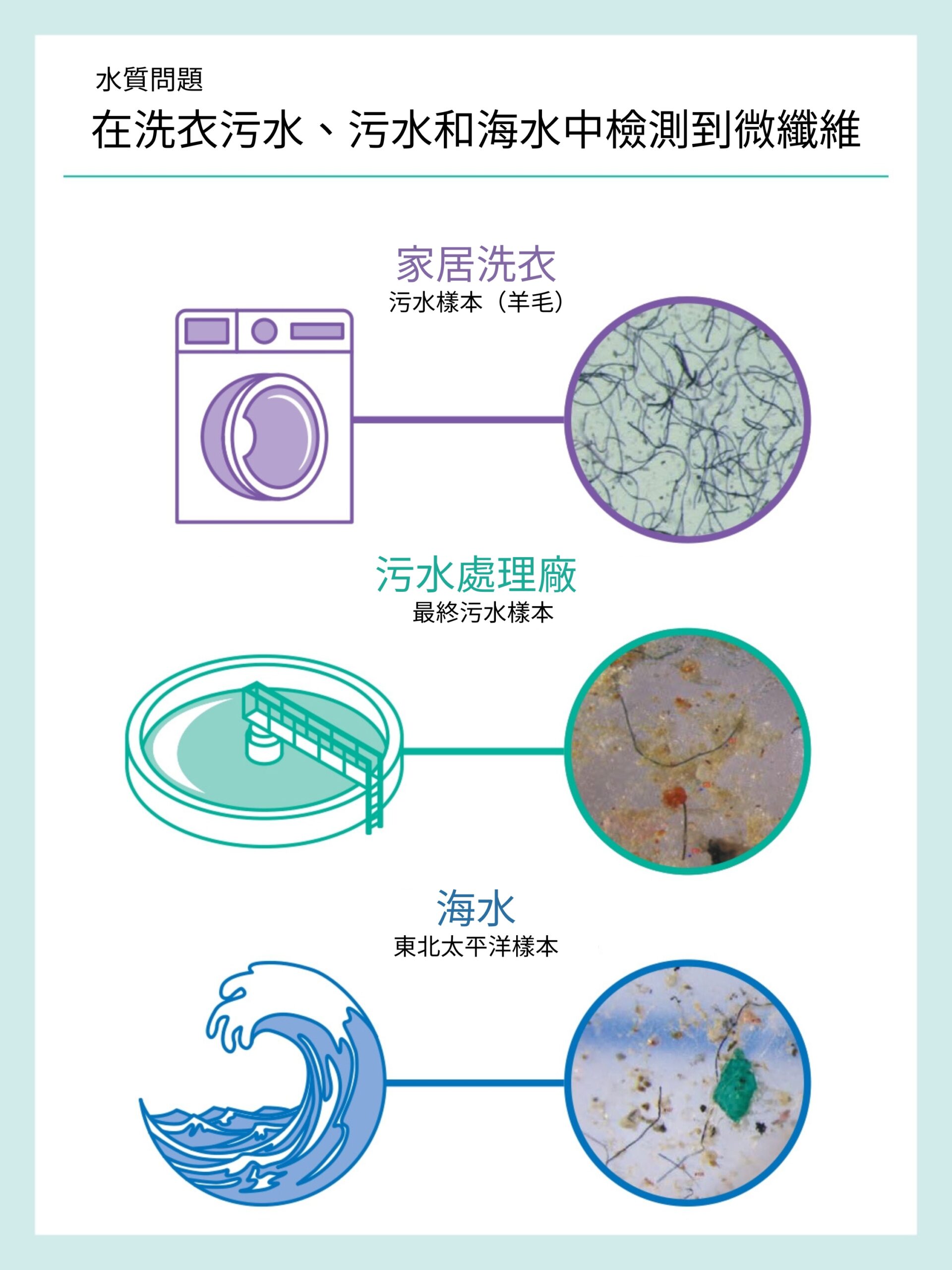
Credit: Ocean Wise, ’Me, My Clothes and the Ocean’
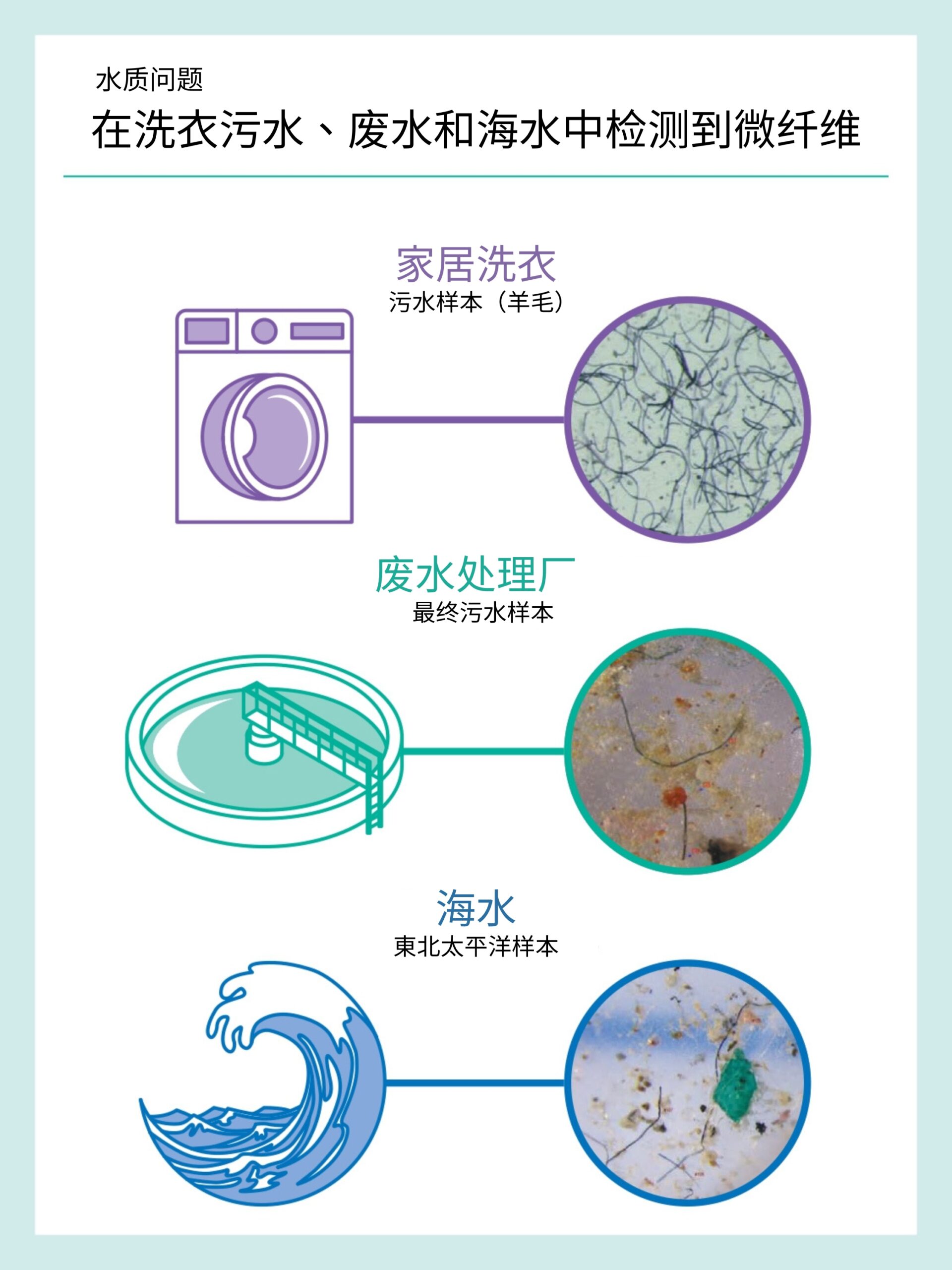
Credit: Ocean Wise, ’Me, My Clothes and the Ocean’
The release of plastic microfibres into the ocean due to clothes washing could grow to 0.7 million tonnes per year by 2050. That’s equivalent to around 4 billion polyester tops!17
On top of the plastic being used to make our clothes, there is even more plastic pollution in the fashion industry from plastic made items such as jewelry, sunglasses, shoes, etc, and all the packaging (plastic bags, hangers) used to protect and sell fashion items. They are used in large amounts not only when we purchase clothes, but also during production and when clothes are transported from one location to another.
QUICK TIPS
By realising the harmful effects that our clothes have on the environment and freshwater systems, we are urged to reconsider our habits with clothing. Here are some steps we can take to reduce water usage and pollution:
- To reduce wasting water, wash in full loads. If you are washing a small load, use the appropriate water-level setting instead.
- Use plant-based laundry detergent or dissolvable laundry sheets that are certified biodegradable so they don’t pollute water.
- Opt for powder detergents and dissolvable laundry sheets in cardboard packaging, they can further reduce environmental impact from plastic bottles of liquid detergent.
Footnotes
1 UNESCO(n.d.), SDG Resources for Educators – Responsible Consumption and Production
2 UNICEF; World Health Organization (2019), Progress on household drinking water, sanitation and hygiene 2000-2017: Special focus on inequalities.
3 United Nations University Institute for Water and Environment and Health: 2023 Global Water Security Assessment
4 Ellen McArthur Foundation: A New Textile Economy: Redesigning Fashion’s Future (2017)
5 Circle Economy, 2024, The circularity gap report, Textiles
6 Baillie Gifford (2019) Fast Fashion – Time to Kick the Habit?
7 Water Footprint In Cotton 2020-2024: A Global Analysis (2025)
8 H2O Global News, “Cotton Farming and Water Scarcity: Challenges and Solutions”
9 Determinant, Fashion Solution for Global Water Crisis (2023)
10 Knitting Industry: Nike adopts waterless dyeing technology (2013)
11 Determinant, Fashion Solution for Global Water Crisis
12 Wash Tower, Estimated Laundry Loads
13 Baillie Gifford (2019) Fast Fashion – Time to Kick the Habit?
14 “Water Management in China’s Apparel and Textile Factories” : Business for Social Responsibility (2008)
15 European Parliament: The impact of textile production and waste on the environment (infographics) 2024
16 “No Plastic in Nature”: Assessing PlasticIngestion from Nature to People, The University of Newcastle Australia and WWF. (2019)
17 Ellen MacArthur Foundation (2017), A New Textiles Economy: Redesigning Fashion’s Future
